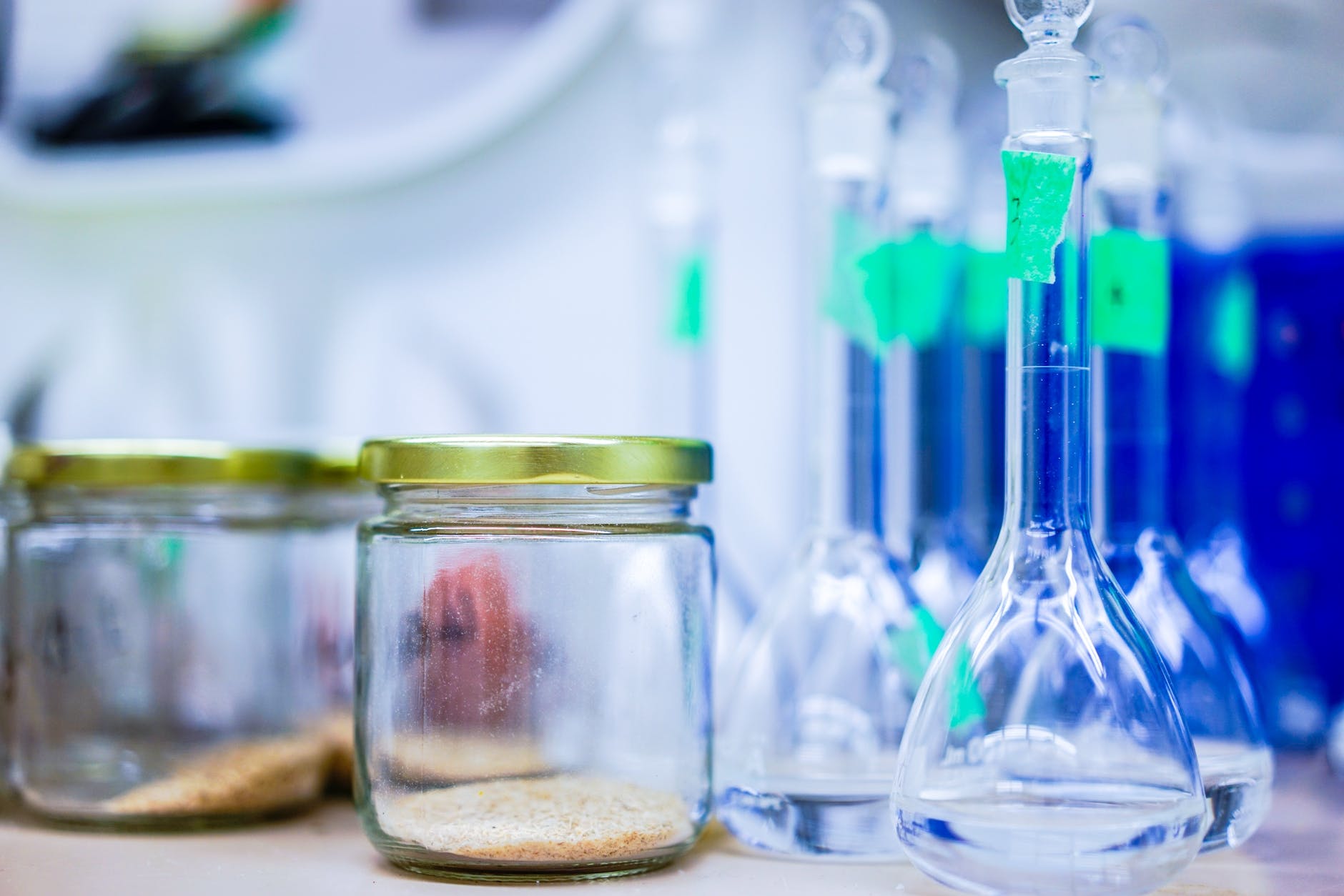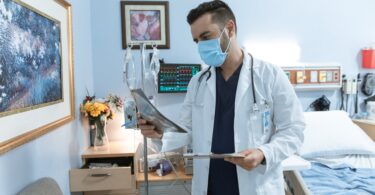
Cleanrooms in Medical Device Manufacturing Facilities
Cleanrooms play a vital role in the medical device manufacturing process. They are designed to maintain a controlled environment by limiting airborne particles, temperature, humidity, and pressure. In a cleanroom, the risk of contamination is significantly reduced, ensuring the safety and efficacy of medical devices.
This article will explore the importance of cleanrooms in medical device manufacturing facilities and the necessary protocols to ensure their effectiveness.
Cleanrooms and Contamination Control
A cleanroom is a highly controlled and regulated space designed to limit the amount of particulate matter in the air, such as dust, microorganisms, and other airborne particles. Air filtration, pressure control, and rigorous cleaning procedures achieve it.
Contamination control is crucial in medical device manufacturing as the presence of even small amounts of contamination can significantly impact the device’s safety and efficacy. Contamination can cause device failure, increase the risk of infection, or cause adverse patient reactions. Therefore, the manufacturing process must occur in a cleanroom environment to minimize the risk of contamination.
In a cleanroom, the air is filtered to remove particles to a specific size, and the number of air changes per hour is controlled to maintain cleanliness. The cleanroom’s temperature, humidity, and pressure are also controlled to create a stable and consistent environment.
Manufacturing Standards for Cleanrooms
In the manufacturing of medical devices, cleanrooms are subject to strict standards to ensure that the devices produced are safe and effective. The most widely recognized standards for cleanroom manufacturing are Good Manufacturing Practice (GMP) and Current Good Manufacturing Practice (cGMP).
When you hear about these standards, the first thing that comes to mind is the cGMP vs. GMP differences and their meaning. GMP is a set of regulations established by the United States FDA that outlines the minimum requirements for the manufacturing, processing, and packaging of drugs and medical devices.
GMP covers all aspects of production, including personnel, equipment, and facilities. It ensures the product is consistently produced and controlled to meet quality standards.
cGMP, on the other hand, is an extension of GMP, and it is a set of current standards that apply to the manufacturing of pharmaceuticals and medical devices. cGMP requires manufacturers to develop and implement a comprehensive quality management system covering all manufacturing process aspects.
There are online resources on cleanroom manufacturing standards from where you can gather further information to meet the specific requirements of a business. For instance, American Cleanroom Systems highlight the differences in cGMP vs. GMP standards that include guidelines on the design, construction, and operation of cleanrooms, ensuring compliance with regulatory requirements.
The standards mentioned on the American Cleanroom Systems website require that cleanrooms be designed to meet specific criteria, including the number of air changes per hour, cleanliness level, and pressure differentials. In addition, the construction of cleanrooms must meet strict specifications to ensure they are free from contaminants and easy to clean and maintain.
Cleanroom Design and Construction
Cleanroom design and construction play a critical role in ensuring the effectiveness of cleanrooms in medical device manufacturing facilities. The design and construction of a cleanroom must meet specific requirements to maintain the required level of cleanliness and minimize the risk of contamination.
The first step in cleanroom design is to identify the cleanliness requirements based on the type of medical devices being manufactured. It includes determining the required ISO classification, airflow, temperature, humidity control, and other environmental factors.
QualityMedDev states that the ISO standard comprises cleanroom classes ranging from ISO 1 to ISO 9. The “cleanest” class according to ISO is 1, while the “dirtiest” class is ISO 9.
According to the number and size of particles per cubic meter of air, the cleanroom class indicates the degree of cleanliness the space meets. For example, if the maximum number of particles per cubic meter is 10, the cleanest is immediately followed by 100, 1000, 10,000, and so on.
Once the cleanliness requirements are established, the cleanroom’s design can be developed, considering the number of personnel, equipment, and materials that will be present in the space.
Cleanroom Monitoring and Maintenance
Regular monitoring and maintenance of the cleanroom environment are necessary to maintain the required level of cleanliness and minimize the risk of contamination.
Cleanroom monitoring includes regular air quality, temperature, humidity, and pressure testing to ensure that the environment remains within the required specifications. It is typically done using specialized equipment such as particle counters, air samplers, and temperature and humidity monitors.
Monitoring results are analyzed, and corrective actions are taken to maintain the required cleanliness level.
Also, it is worth noting that the preset Air Change Rates (ACR) required to attain a specific classification are often calculated using guidelines and presumptions. Nonetheless, it is now recognized that an ISO Class 6 environment must cleanse the air at least 50 times each hour for maintenance, according to clean CleanroomTechnology.
Cleanroom Clothing and Equipment
Cleanroom clothing and equipment are essential for contamination control in medical device manufacturing facilities. Proper clothing and equipment help minimize the risk of introducing particles and microorganisms into the cleanroom environment.
Cleanroom clothing typically includes gowns, hoods, booties, and gloves made from specialized materials designed to minimize the shedding of particles. The clothing must be worn and removed in a specific sequence to minimize the risk of contamination. Employees must also regularly inspect their clothing for tears or other defects that could compromise effectiveness.
The Future of Cleanrooms in Medical Device Manufacturing
The future of cleanrooms in medical device manufacturing is likely to see continued advances in technology and design. It aims to further minimize the risk of contamination and improve product quality.
One potential growth area is using automation and robotics in cleanroom environments. Automated processes can reduce the risk of human error and minimize the need for personnel in the cleanroom, thereby reducing the risk of contamination.
Another potential growth area is using advanced materials in cleanroom design and construction. These materials may further reduce the risk of shedding particles and microorganisms, making cleanroom environments even more effective in minimizing contamination.
Cleanrooms Greatly Enhance Medical Device Safety and Efficacy
The medical device segment has always been a crucial part of the industry as the equipment used plays a huge role in a medical setting. According to Statista.com, its revenue is anticipated to expand at a pace of 5.02% per year, with a market value of USD 199.10 billion by 2027. Thus, cleanrooms are crucial in ensuring the quality and safety of medical devices produced in manufacturing facilities.
As the medical device manufacturing industry continues to evolve and adapt, the importance of cleanrooms in ensuring product quality and patient safety will only continue to grow. By maintaining a strong focus on contamination control and staying at the forefront of technology and design, medical device manufacturers can continue to produce safe and effective medical devices.






